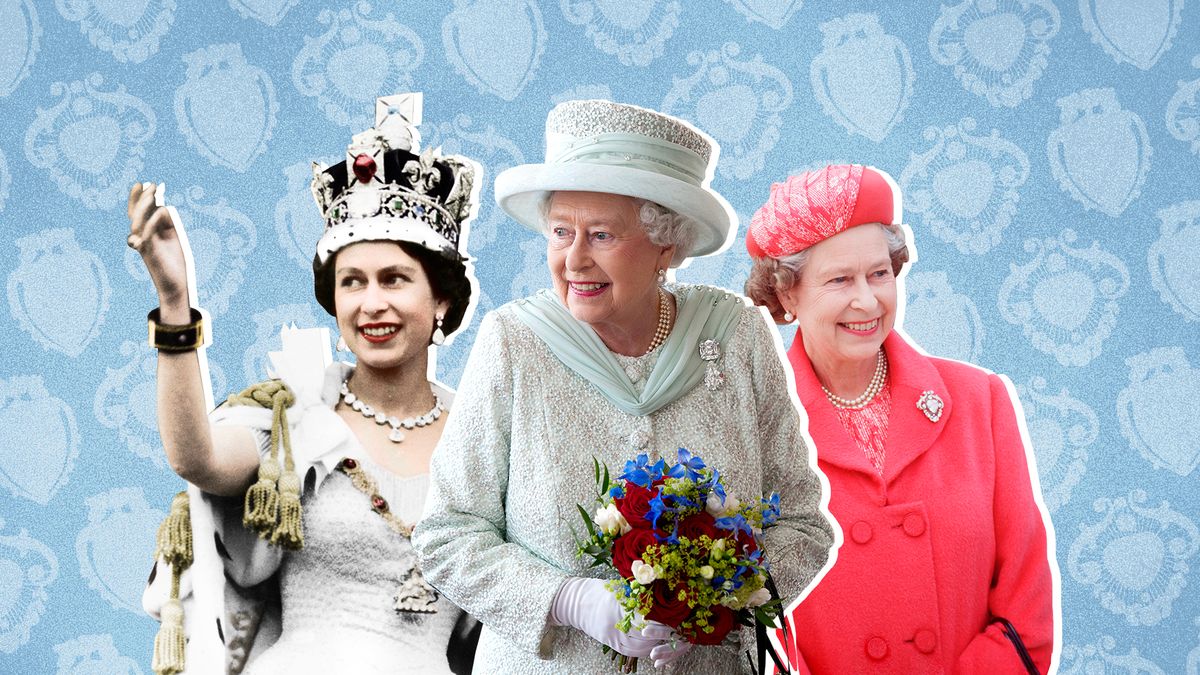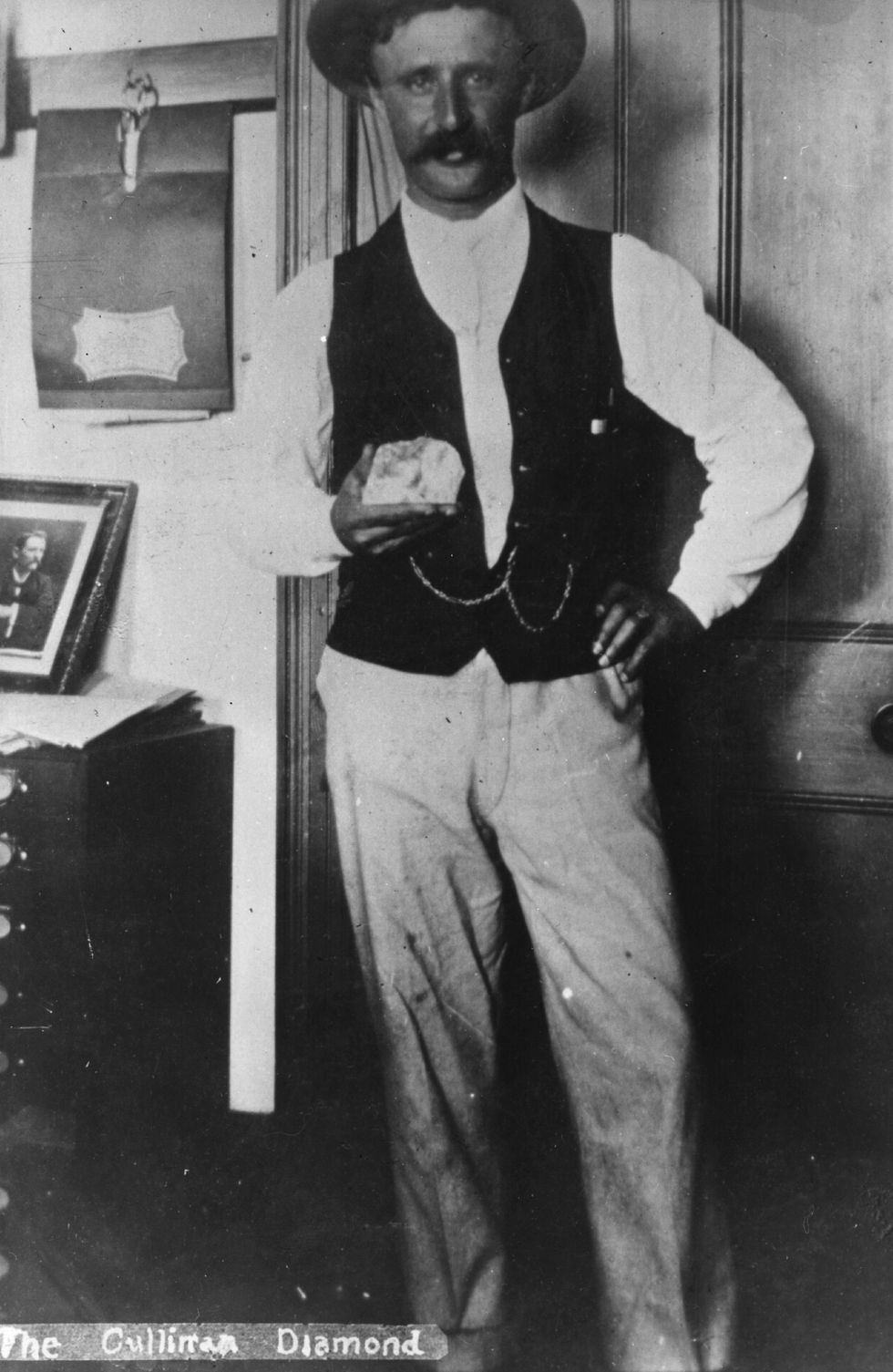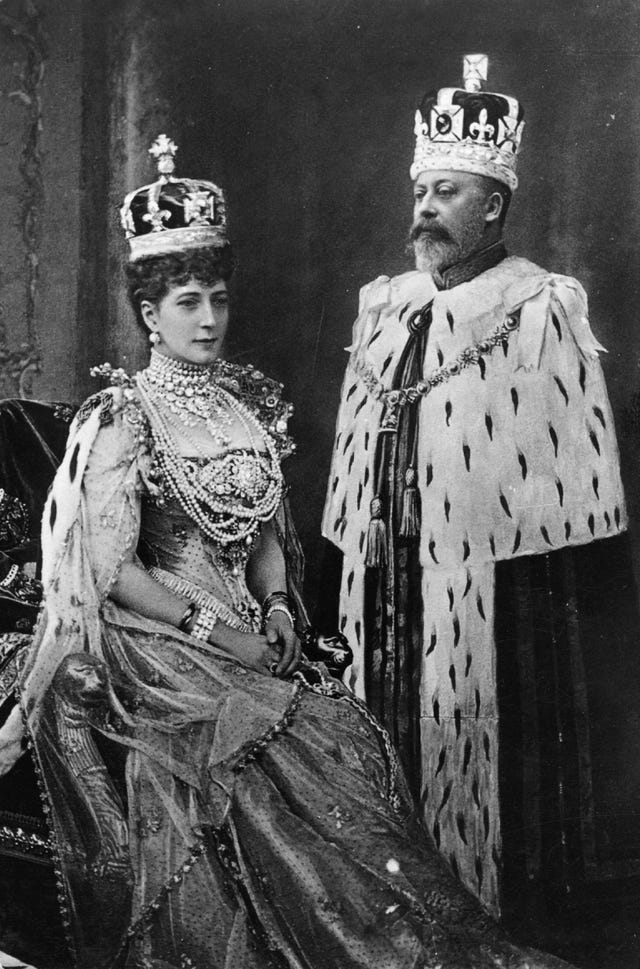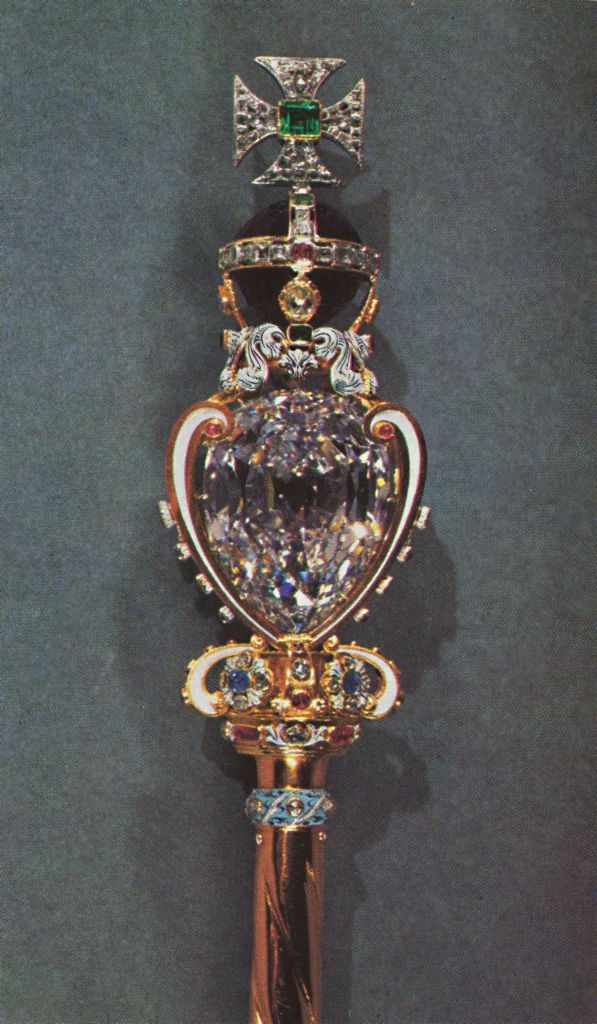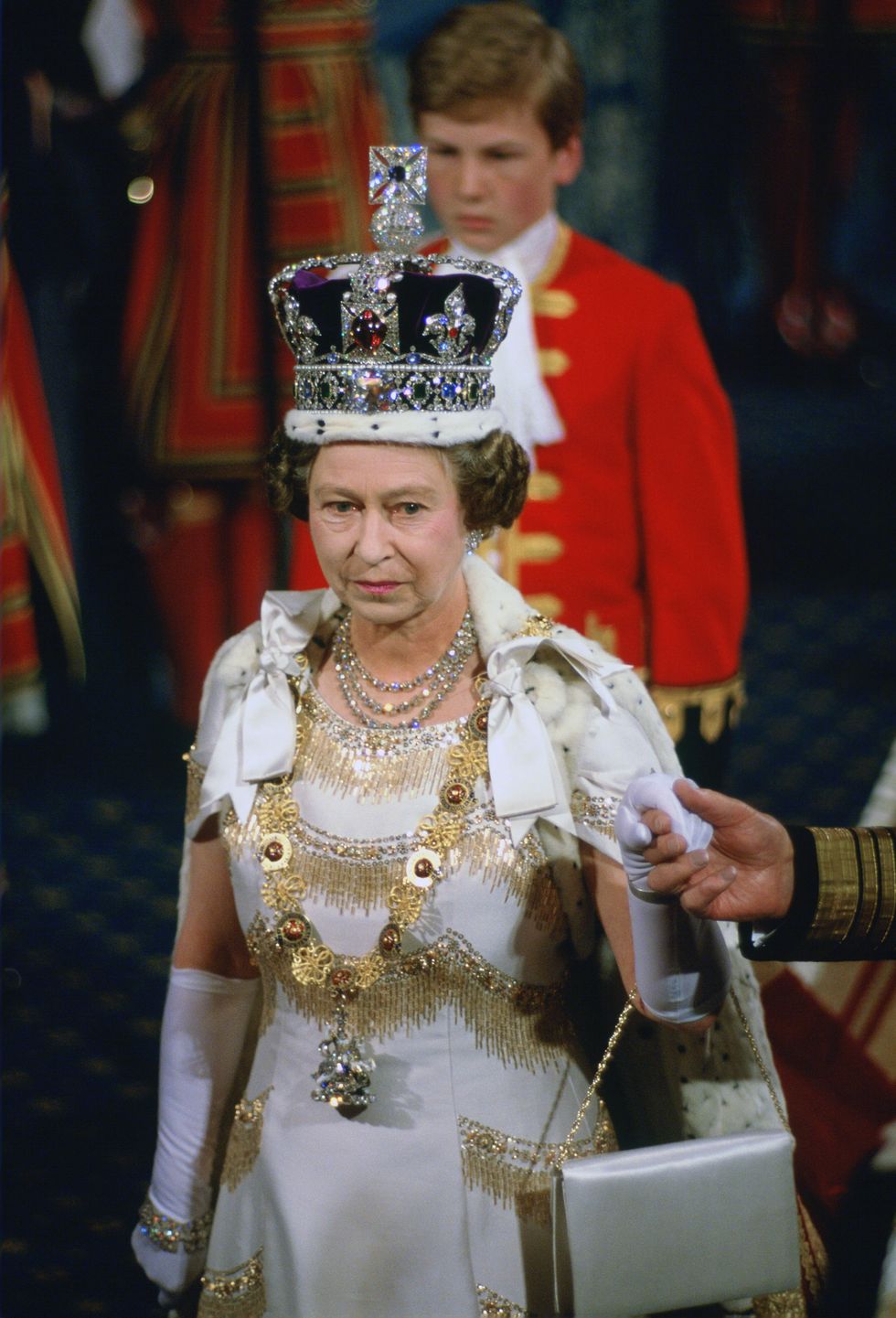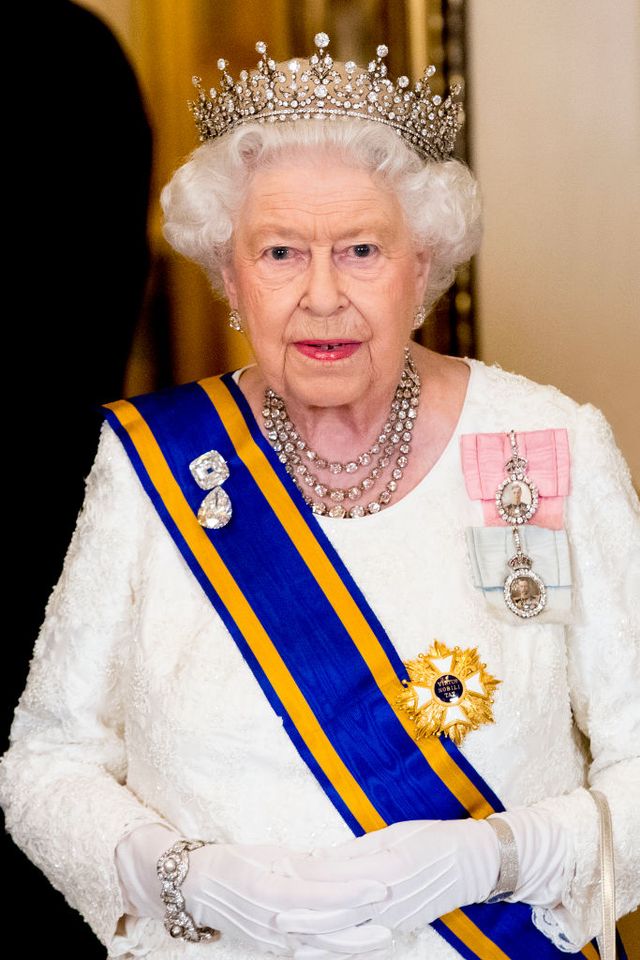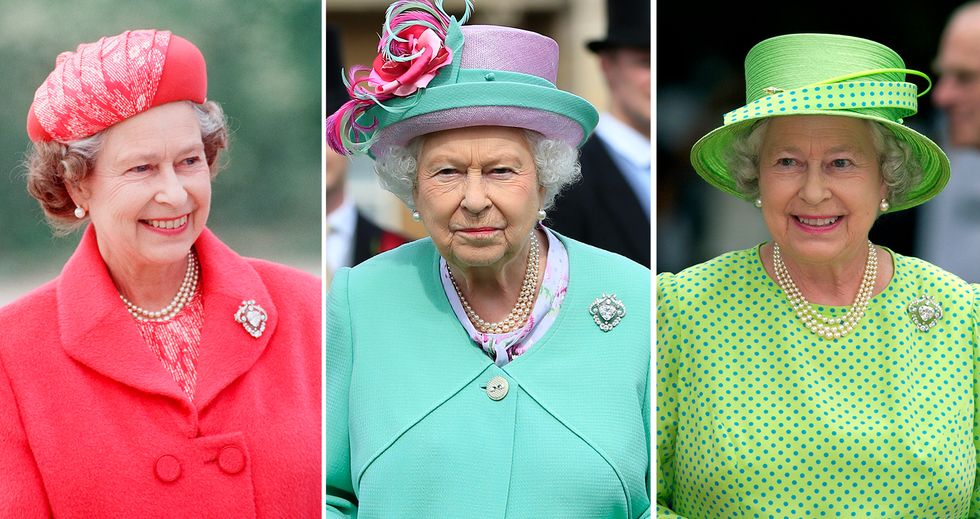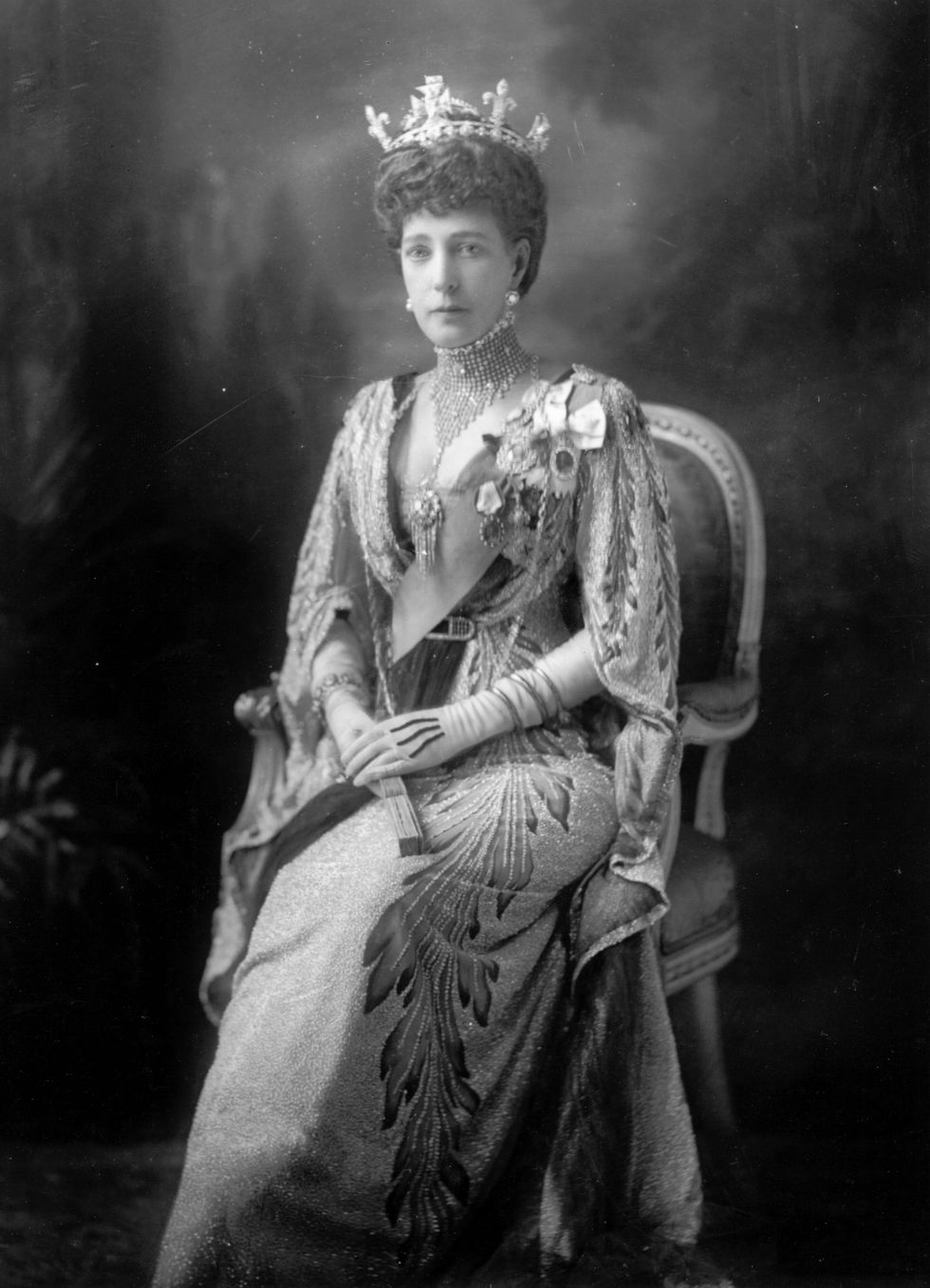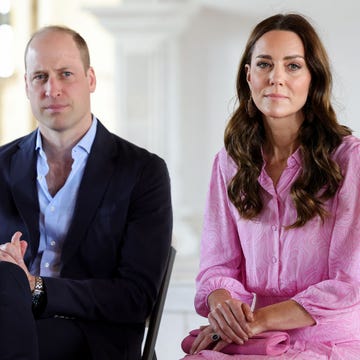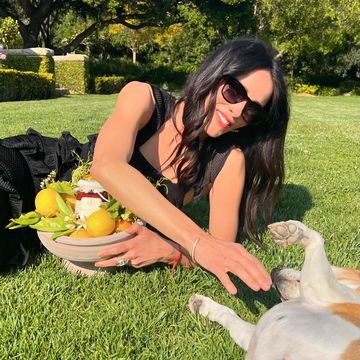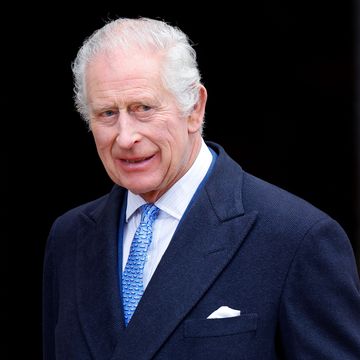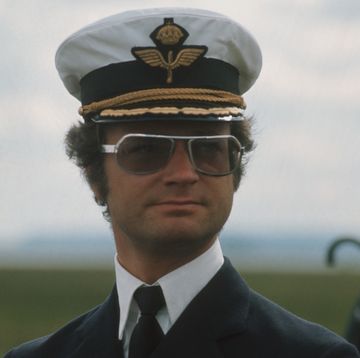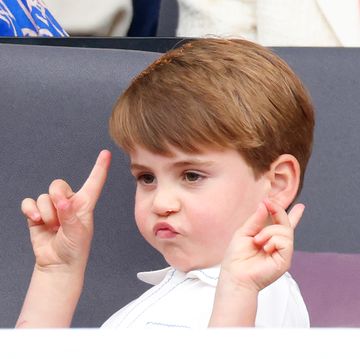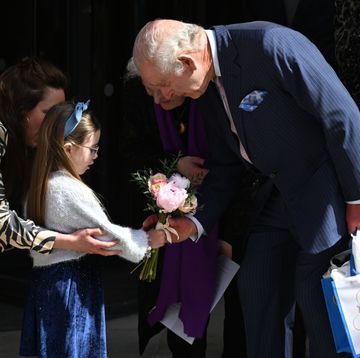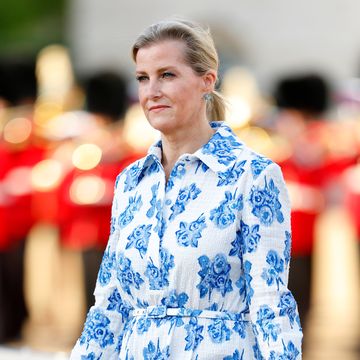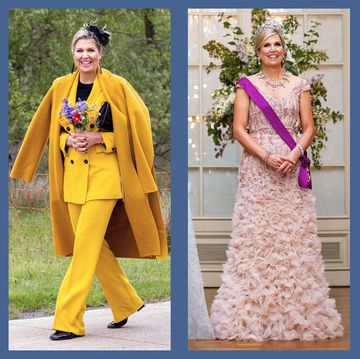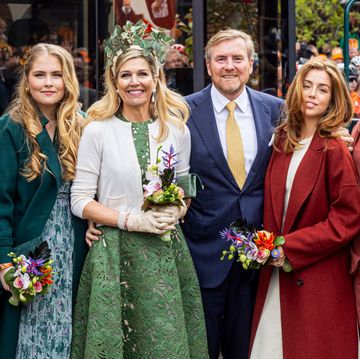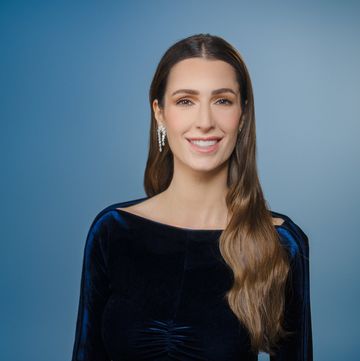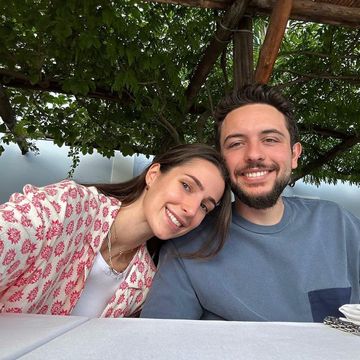Update, February 14, 2023: Buckingham Palace announced this morning that Queen Consort Camilla will wear Queen Mary's crown for her upcoming coronation in May. It's a departure from a longstanding tradition that began with Queen Charlotte in 1761, who commissioned her own tiara for her accession rather than don Mary of Modena's 1685 crown, as her predecessors had done. In a sign of these times—and "in the interests of sustainability and efficiency," per the palace statement—the queen consort is reverting back to the old ways of recycling crowns.
She will, however, put her own mark on it. First, the crown's eight detachable arches will be pared down to four. And in a touching tribute to her late mother-in-law, Camilla is reinserting three of the Cullinan diamonds—III, IV, V—that originally adorned the crown before they were turned into the brooches that were so beloved by Queen Elizabeth. (Technically speaking, Cullinan V was inserted into the crown when Mary wore it to her son King George's coronation in 1937. For her own in 1911, the controversial Koh-i-Noor diamond took center stage, and was later given to George's wife Elizabeth for use in her own coronation crown.)
In light of this news, we are resurfacing this story, from 2021, on the Cullinan diamonds, which will soon be seen for the first time since Queen Elizabeth's death.
She has Burmese Rubies and Brazilian Aquamarines; Cambridge Emeralds and Kent Amethysts; George VI Sapphires and Jordanian Turquoise. Since her accession to the throne in 1952, nearly 70 years ago, Queen Elizabeth has inherited, received, and commissioned a veritable treasure chest of magnificent jewels. But few, if any, of the gems in the Windsor vaults can quite compare to the Cullinan Diamonds.
Unearthed in a South Africa mine in 1905 and weighing 3,106 carats, the Cullinan—named after Thomas Cullinan, the chairman of the mining company—still holds the title of largest diamond ever found (if you're keeping score, the second largest, the 1,758-carat Sewelo, was discovered in Botswana in 2019 and now belongs to Louis Vuitton). According to jewelry lore, the uncut rock was so unfathomably enormous—and marked by such exceptional clarity and a unique blue and white tint—that the mine's manager initially dismissed it for a crystal and threw it out the window. Obviously, a second look would turn out to be highly judicious, though it took some time for the rough stone to be transformed into the nine dazzling diamonds (and about a hundred smaller brilliants) that are now among the royal family's most valuable jewels.
As the Transvaal region of modern-day South Africa (where the mine was located) was a British colony in the early 20th century, the diamond was sent to Buckingham Palace and presented to King Edward VII for inspection. But despite immense public fascination—and interest from those that could afford it—the Cullinan remained unsold for two years. Apparently no one was up to the task of figuring out how to cut such a massive rock.
Instead, in 1907, the government of the Transvaal Colony voted to gift the diamond to Edward as a show of good faith and loyalty after the events of the Second Boer War (in which the British empire and two independent Boer Republics, Transvaal among them, fought over imperialism, mostly, but also—diamonds). The King was hesitant to accept, probably owing to political optics but maybe balking at the responsibility, too—Winston Churchill, then Colonial Under-Secretary, persuaded him to just say yes.
The monarch then called on the Asscher brothers, Joseph and Abraham, scions of the famed Dutch jewelers (and yes, of the iconic Asscher cut, which Joseph invented in 1902). To throw off would-be thieves, Abraham took the train from London to Amsterdam carrying the diamond in his coat pocket, while the Royal Navy pretended to transport an empty box across the North Sea. A lack of technology back then meant that every single incision had to be absolutely precise—it took Joseph 8 months to split and cut the Cullinan.
Finally, in 1909, Edward was presented with the two largest gems, the 530.2-carat pear-shaped Cullinan I and the 317.4-carat cushion-cut Cullinan II, which were later incorporated into the Crown Jewels—the Sovereign's Sceptre for the former, and the Imperial State Crown for the latter. He also purchased the 11.5-carat marquise-cut Cullinan VI for his wife Queen Alexandra, then left the rest to the Asschers as payment for their work.
Then how did the remaining Cullinan Diamonds end up with the Windsors again? We have Queen Mary to thank for that—who else?—and the South African government, which purchased the leftovers from the Asschers and presented them to the new consort in 1910 (Edward VII died in May of that year and was succeeded by his son, and Mary's husband, George V). She would later inherit Cullinan VI from Queen Alexandra.
Mary, great lover of jewelry that she was, naturally made excellent use of the Cullinan Diamonds and rarely missed an opportunity to showcase them in all their over-the-top regal splendor. Take, for instance, her first State Opening of Parliament, for which the consort wore III and IV as a pendant, and took I and II from the Crown Jewels to borrow as a brooch, resulting in a glorious 1,005.6-carat display of Cullinan ice.
When Mary died in 1953, Queen Elizabeth inherited the jewels. Below, a brief catalog of the Cullinan Diamonds, I-IX.
Cullinan I
Weighing 530.2 carats, the pear-shaped Cullinan I, also known as the Great Star of Africa, is still the largest clear cut diamond in the world and the crown jewel of Crown Jewels, set in the Sovereign's Sceptre with Cross, which, when not used for coronations or State Openings of Parliament, is stored in the Tower of London with the Imperial State Crown.
Cullinan II
The Black Prince's Ruby—technically a spinel that can be traced back to the 14th century— may command star billing in the Imperial State Crown but Cullinan II (also known as the Second Star of Africa), which sits just below, is equally worthy. Plus, whereas the ruby is a mere 170 carats in size, the diamond weighs twice that. Since 2016, the Queen has stopped wearing the crown for State Openings of Parliament, instead having it placed next to her on a velvet pillow. The reason is simple: at 3 pounds, it's too heavy.
Cullinan III & IV
The 94.4-carat pear-shaped Cullinan III and the 63.6-carat square-cut Cullinan IV were originally set into Queen Mary's coronation crown (which also held the famous Koh-i-Noor diamond). She later replaced them with crystal replicas and occasionally incorporated the diamonds into her Delhi Durbar Tiara but most often used the pair as a brooch, which is how Queen Elizabeth wears the jewels today, referring to them as "Granny's Chips."
Cullinan V
In 1911, Queen Mary commissioned a brooch to anchor the 18.8-carat heart-shaped Cullinan V, which she used in the stomacher of her Delhi Durbar Parure. Since stomachers have long since gone out of style, Queen Elizabeth always wears Cullinan V as a standalone brooch and it is undoubtedly one of her favorite pieces, as she has chosen it for several meaningful occasions throughout the years, including for Princess Eugenie's 2018 wedding and for Prince Philip's 99th birthday portrait last June (he died this April).
Cullinan VI & VIII
Along with accepting Cullinan I and II on behalf of the Crown, King Edward VII purchased Cullinan VI, an 11.5-carat marquise-cut diamond, for his consort Queen Alexandra, who had the stone set into a circlet (as seen above). When she died, it went to Queen Mary, who used VI as a pendant suspended from her Cullinan VIII brooch, which features a 6.8-carat emerald-cut diamond. As with Cullinan V, Mary liked to wear VIII in her Delhi Durbar Stomacher, usually with a Cambridge Emerald drop. Today, Queen Elizabeth only uses Cullinan VI and VIII as a combination brooch, as seen below.
Cullinan VII
As with most of her Cullinan Diamonds, Mary also made use for VII somewhere in her Delhi Durbar Parure. The 8.8-carat marquise-cut diamond was incorporated into the Cambridge Emerald Necklace, suspended as a pendant next to a cabochon emerald drop. Ever the maximalist, Mary sometimes replaced Cullinan VII with the much, much larger Cullinan III but since inheriting the jewels, the more modest Queen Elizabeth has opted for the original setting.
Cullinan IX
The baby of the Cullinan collection is a relatively teeny, tiny pear-shaped solitaire weighing a mere 4.39 carats, which Queen Mary had set in a ring—sightings of the diamond have been rare.
Leena Kim is an editor at Town & Country, where she covers travel, jewelry, education, weddings, and culture.
